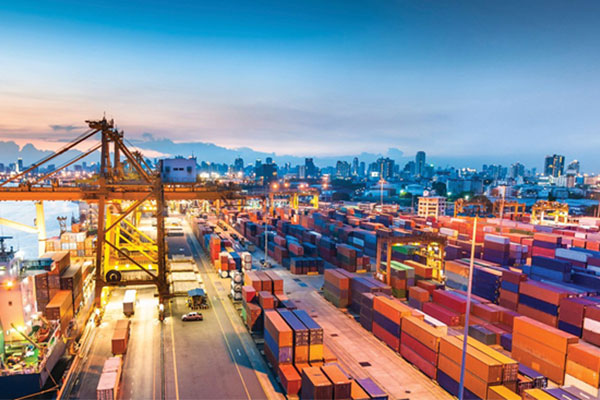In recent years, the rapid development of China's overseas contracted engineering projects has become one of the important driving forces for the growth of foreign trade. With the advancement of the "Belt and Road" initiative, more and more Chinese companies are participating in international engineering construction, which not only promotes the export of Chinese technology and services, but also injects new vitality into the international market. However, in this process, it is very important to understand and comply with the relevant inspection and supervision requirements for the export of goods for overseas contracted engineering projects. This article will introduce in detail the basic concepts, inspection and supervision requirements and relevant precautions for the export of goods for overseas contracted engineering projects, so as to help companies better export goods for international engineering projects.
1. Overseas contracting projectsExport goodsBasic Concepts
Exported goods for overseas contracted projects refer to equipment and materials exported by companies with the approval of the national commerce authorities and the right to operate overseas contracted projects for the purpose of contracting overseas construction projects and conducting labor cooperation. The export of these goods does not include engineering equipment and materials exported in border areas under contracted projects and labor cooperation projects with neighboring countries of China approved by the national commerce authorities.
1. Definition and Scope:Exports of foreign contracted projects: including equipment, materials and construction machinery, etc., used to support construction projects contracted by Chinese enterprises abroad. Special circumstances in border areas: excluding exports of specific projects with neighboring countries, which have special approval and management regulations.
2. Legal Basis:The export of these goods must comply with the "Working Procedures for the Export of Equipment and Materials under Overseas Contracted Engineering Projects" (hereinafter referred to as the "Working Procedures") to ensure that the exported equipment and materials comply with the laws, regulations and technical standards of the importing country.
II. Inspection and supervision requirements
Export goods under foreign contracting projects need to comply with a series of inspection and supervision requirements to ensure that the quality and safety of the goods meet international standards.
1. Inspection and quarantine requirements:According to the "Working Procedures", for all export goods subject to statutory inspection and quarantine and other controls, enterprises must complete relevant procedures before customs declaration for export. The inspection content includes the quality and safety standards of the goods, as well as whether they meet the technical requirements of the importing country.
2. License requirements:For equipment, materials, construction machinery, etc. under foreign contracted engineering projects, the customs will handle the inspection and release procedures based on the project contract or other documents signed between the enterprise and the overseas owner and the export license. For goods that are not subject to export license management, the customs will handle the procedures based on the project contract; for goods that are subject to export license management, it is necessary to go through the approval procedures with the commerce department first to obtain an export license.
3. Specific operation process and precautions
Understanding the specific operating procedures and precautions is the key to ensuring the smooth export of foreign contracted project goods.
1. Inspection and declaration of export goods:Enterprises need to report to the entry-exit inspection and quarantine agency at the specified location and within the specified period, with necessary certificates such as contracts and relevant approval documents. Goods that have not been inspected or have failed the inspection shall not be exported. Living supplies and equipment for personal use by exporters must be declared in accordance with regulations and go through relevant customs inspection and release procedures.
2. Processing of re-entry:Equipment, instruments and supplies exported under foreign contracted projects should be re-imported within 3 months after the expiration of the project period; if an extension is required, an application for extension procedures must be submitted to the customs of the place of export. Goods re-imported within the prescribed period can be exempted from import tariffs and import-related taxes with a certificate of non-export tax refund issued by the domestic tax authorities. Materials that exceed the deadline will be handled as general trade import goods and taxed in accordance with regulations.
3. Compliance with laws and regulations and risk management:When undertaking overseas contracting projects, enterprises must abide by the laws of my country and the countries where the projects are located, avoid unfair competition, fulfill their social responsibilities, and establish a good image. They should strengthen their understanding of the international market, prevent risks, and ensure the smooth progress of the projects.
The export of goods for overseas contracting projects is a complex and rigorous process involving inspection and supervision at multiple stages. When conducting such export activities, enterprises must have a deep understanding of and strictly abide by relevant laws and regulations to ensure that all exported goods meet international standards. This will not only help enterprises pass customs inspections smoothly, but also enhance their reputation and competitiveness in the international market. By continuously improving their awareness and ability of self-discipline and compliance management, enterprises can achieve greater success in overseas contracting projects and contribute more high-quality Chinese technologies and services to the international market.



 Follow customer service WeChat
Follow customer service WeChat